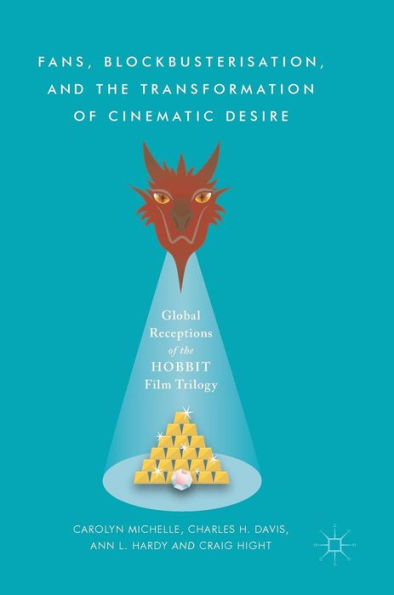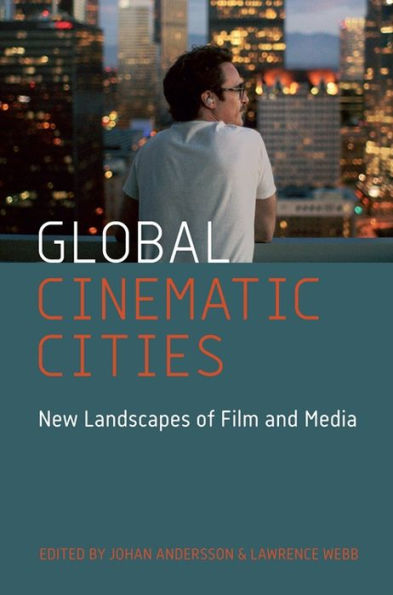Home
Fans, Blockbusterisation, and The Transformation of Cinematic Desire: Global Receptions Hobbit Film Trilogy
Loading Inventory...
Barnes and Noble
Fans, Blockbusterisation, and The Transformation of Cinematic Desire: Global Receptions Hobbit Film Trilogy
Current price: $119.99


Barnes and Noble
Fans, Blockbusterisation, and The Transformation of Cinematic Desire: Global Receptions Hobbit Film Trilogy
Current price: $119.99
Loading Inventory...
Size: Hardcover
*Product Information may vary - to confirm product availability, pricing, and additional information please contact Barnes and Noble
This book explores the evolution of audience receptions of Peter Jackson’s
Hobbit
trilogy (2012-14) as an exemplar of the contemporary blockbuster event film franchise. Drawing on findings from a unique cross-cultural and longitudinal study, the authors argue that processes and imperatives associated with Hollywood ‘blockbusterisation’ shaped the trilogy’s conditions of production, format, content, and visual aesthetic in ways that left many viewers progressively disenchanted. The chapters address public and private prefigurations of the
trilogy, modes of reception, new cinematic technologies and the
hyperreality paradox, gender representations, adaptation and the transformation of cinematic desire, and the role of social and cultural location in shaping audience engagement and response. This book will appeal to audience researchers, Q methodologists, scholars and students in film and media studies, Tolkien scholars, and
fans and critics alike.
Hobbit
trilogy (2012-14) as an exemplar of the contemporary blockbuster event film franchise. Drawing on findings from a unique cross-cultural and longitudinal study, the authors argue that processes and imperatives associated with Hollywood ‘blockbusterisation’ shaped the trilogy’s conditions of production, format, content, and visual aesthetic in ways that left many viewers progressively disenchanted. The chapters address public and private prefigurations of the
trilogy, modes of reception, new cinematic technologies and the
hyperreality paradox, gender representations, adaptation and the transformation of cinematic desire, and the role of social and cultural location in shaping audience engagement and response. This book will appeal to audience researchers, Q methodologists, scholars and students in film and media studies, Tolkien scholars, and
fans and critics alike.







